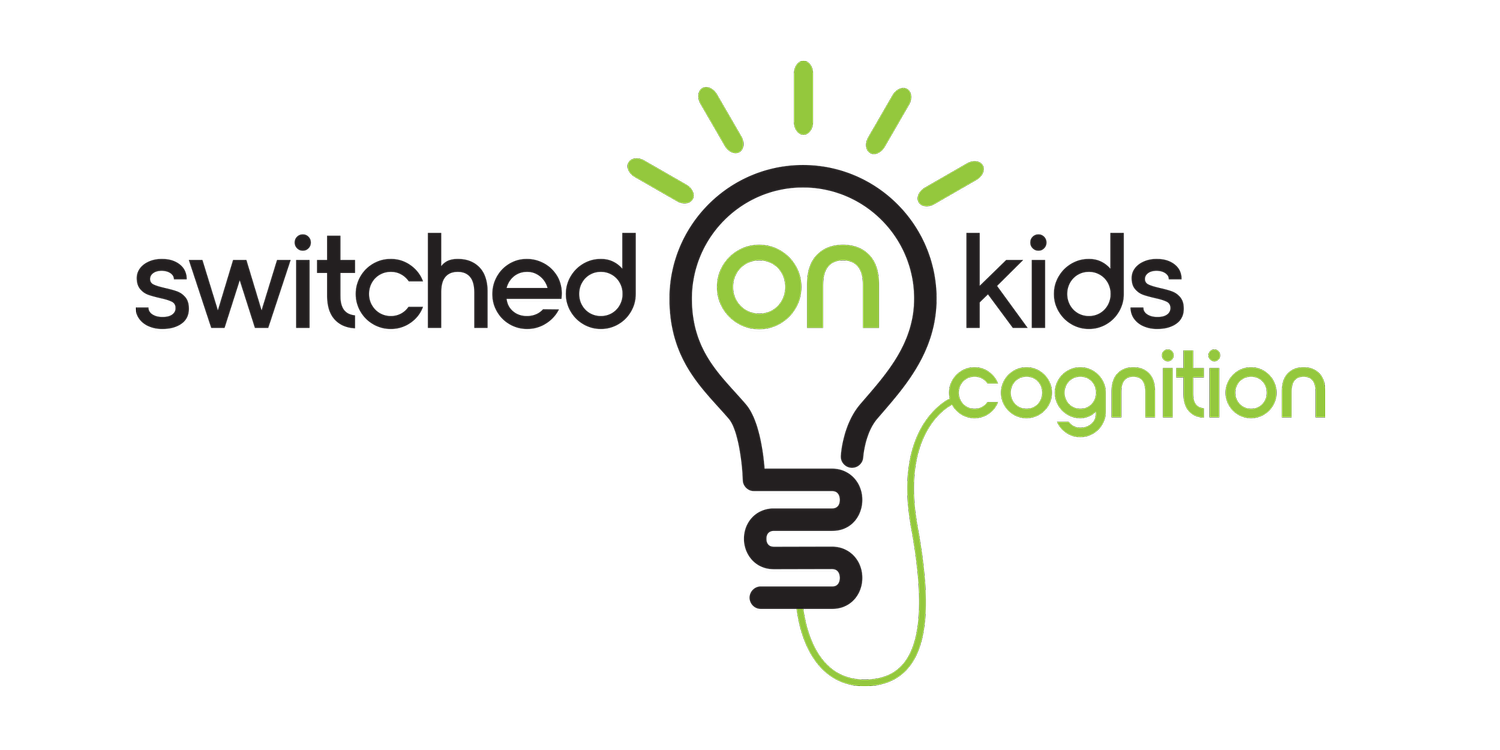Prevention
We do not talk about the mental health of our children enough! Mental health conditions in children are not uncommon. In fact, for young Australians aged between 5-14 years of age, mental health conditions are the second highest cause of disease burden (after asthma) [1]. Data from the Young Minds Matter survey (2013–14) found that almost one in seven (13.9%) 4–17-year-olds met the criteria for a medical diagnosis of a mental health disorder in the previous 12 months. The most common disorder in children and adolescents was ADHD (7.4%). This was followed by anxiety disorders (6.9%), major depressive disorder (2.8%) and conduct disorder (2.1%) [2].
Mental health conditions begin early in life. Data show that 50% of lifetime mental health disorders commence before the age of 14 and 75% before the age of 24 [3, 4]. We know many of the risk factors associated with the later development of a mental health condition. For example, adverse childhood experiences (ACEs) such as abuse or trauma, the presence of mental health conditions in parents and growing up in poverty. In addition, we know that kids with neurodevelopmental disorders such as ADHD, autism and DLD have a high risk of co-occurring mental health difficulties. Neurodevelopmental disorders do not tend to exist in isolation. They tend to co-occur and overlap with each other and with other mental health issues such as depression, anxiety, and obsessive-compulsive disorder (OCD).
Whilst neurodevelopmental disorders in themselves are impairing, children are at substantially elevated risk of developing mental health problems, of which depression is one of the most common [5]. Having ADHD in childhood is a significant risk factor for the later development of depression (Chang et al., 2016). There is considerable overlap between ADHD and depression. A large study that included 8,310 individuals assessed over time found that ADHD (assessed at age 7 years) increases the risk of depression later in life (assessed at age 18-25 years). The findings were consistent with a causal effect of ADHD genetic liability on the subsequent major depression [6]. ADHD tends to persist throughout the teenage years. Kids do not just “grow out of it”. ADHD is associated with high levels of persistence into adulthood [7]. Adolescent and adult ADHD are both significantly comorbid with anxiety disorders and major depression [8, 9].
As parents, we can read these statistics and feel nervous for the future of our child(ren). Or we can use this knowledge to take early, preventative, practical action. If we know that our child is at risk of future mental health difficulties, we can ensure we do our best to decrease the impact of, or avoid, this risk. The good news is that there are many, many practical things that we can do to decrease risk. A recent paper by the MATILDA Centre for Research in Mental Health and Substance Use investigated the association between modifiable behaviours (things we can change) and mental health among 6,640 Australian students in year 7 (median age 12.7 years) [10].
Data were collected from 71 schools throughout Australia using a range of questionnaires. These provided scores for depression, anxiety and psychological distress. The paper explored the association between mental health and the “big 6” modifiable behaviours. These are sleep; physical activity; fruit, vegetable, and sugar-sweetened beverage consumption; screen time; alcohol use and tobacco use.
The data revealed an association between all of the “big 6” behaviours and anxiety, depression, and psychological stress (p≤0.001).
Kids who had the best mental health scores:
Slept for 9.5-10 hours each night.
Had two serves of vegetables and three servings of fruit a day and rarely drank sweetened beverages.
Took part in six days of moderate to vigorous activity/exercise each week.
Kept recreational screen time between 31-60 minutes per day.
Hadn’t consumed a standard alcoholic drink or smoked a cigarette in the last 6 months.
In sharp contrast, the kids who had the worst mental health scores:
Got less than 9 hours of sleep a night.
Were not eating regular servings of fruit and vegetables.
Regularly consumed sugar-sweetened beverages.
Did not exercise frequently.
Were spending a lot of time on screens (over 53% of kids were spending over 4 hours a day online and 14% were spending 8+ hours a day online).
Were more likely to have smoked a cigarette or consumed an alcoholic drink in the last 6 months.
Note, that only a small number of children had smoked a cigarette (1.5%) or consumed an alcoholic drink (2.9%).
It is too simplistic to say, “Eat vegetables for good mental health”. There are many, many other factors at play, however, the “big 6” modifiable factors are relevant to all children. Many of us have kids who are standing at the gates of early adolescence. If you have a child of this age, you know that they are changing fast and wanting more and more freedom. In general, studies tend to find that there is a decrease in protective factors during adolescence as teens tend to embrace newfound freedoms and engage in riskier behaviour. As parents, the “big 6” may not be totally within our control, but we can at least have a substantial influence. Offering more fruit and vegetables, getting kids off screens, and outdoors exercising can help make positive changes that will impact both physical and mental health.
Mental health conditions are NOT inevitable. Children with neurodevelopmental disorders are at greater risk and do require higher levels of support. However, protecting confidence, helping kids develop resilience and keeping kids as physically healthy as possible do provide us with some great ways of practically decreasing the risk – not to mention boosting overall health. ADHD is the most common mental health condition diagnosed in childhood. However, there are no real mechanisms to support these kids. Diagnosis is often difficult and costly. Children who do receive a diagnosis are not eligible to receive funding for therapy via NDIS. So, what we have is an untreated mental health disorder that is picked up early but often not effectively treated.
We do not know how ADHD and co-occurring conditions change and fluctuate over time and we cannot easily foretell the development of comorbid mental health conditions from early age. What this means for parents is that we should consider preventative measures across all stages of lifespan development for our kids. Promoting wellbeing and knowing some of the risks associated with poor mental health in early adolescence allows us to help our kids at an early age. There is a wealth of evidence to show that targeting modifiable risk behaviours offers a promising prevention mechanism to improve adolescent mental health. As parents, and at a broader societal level there are many positive things we can do to protect the mental health of our children.
I would love to hear from you if you have any ideas or knowledge of other factors that help support positive mental health. I offer one-on-one sessions on Thursdays/Fridays/Saturdays if you would like more personalised support or to explore more of these issues in further depth. Please see Counselling for more details.
References
1. Australian Institute of Health and Welfare. Australia's children. Families. 2022.
2. Lawrence, D. et al. The Mental Health of Children and Adolescents. Report on the second Australian Child and Adolescent Survey of Mental Health and Wellbeing, 2015: Canberra.
3. Kessler, R.C. et al. (2005). Lifetime prevalence and age-of-onset distributions of DSM-IV disorders in the National Comorbidity Survey Replication. Archives of General Psychiatry, 52(6), 593-602.
4. Kessler, R.C., et al. (2007). Age of onset of mental disorders: a review of recent literature. Current Opinion in Psychiatry. 20(4), 359-364.
5. Erskine, H.E., et al. (2016). Long-term outcomes of attention-deficit/hyperactivity disorder and conduct disorder: a systematic review and meta-analysis. Journal of the American Academy of Child & Adolescent Psychiatry, 55(10), 841-850.
6. Riglin, L., et al. (2021). ADHD and depression: investigating a causal explanation. Psychological Medicine, 51(11), 1890-1897.
7. Uchida, M., et al. (2018). Adult outcome of ADHD: an overview of results from the MGH longitudinal family studies of pediatrically and psychiatrically referred youth with and without ADHD of both sexes. Journal of Attention Disorders, 22(6), 523-534.
8. Meinzer, M.C. et al. (2014). The co-occurrence of attention-deficit/hyperactivity disorder and unipolar depression in children and adolescents: a meta-analytic review. Clinical Psychology Review, 34(8), 595-607.
9. Jacob, C., et al. (2014). Internalizing and externalizing behavior in adult ADHD. Attention Deficit and Hyperactivity Disorders, 6, 101-110.
10. Smout, S., et al. (2022). Dose–response associations between modifiable lifestyle behaviours and anxiety, depression and psychological distress symptoms in early adolescence. Australian and New Zealand Journal of Public Health, 47(100010), 1-12.


